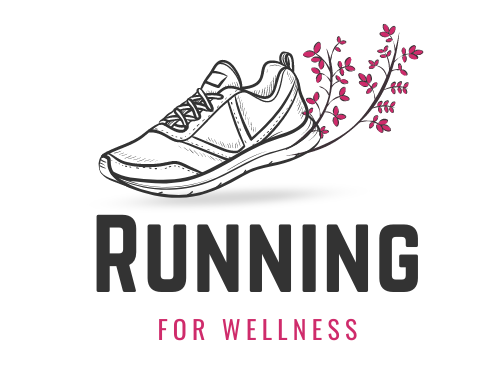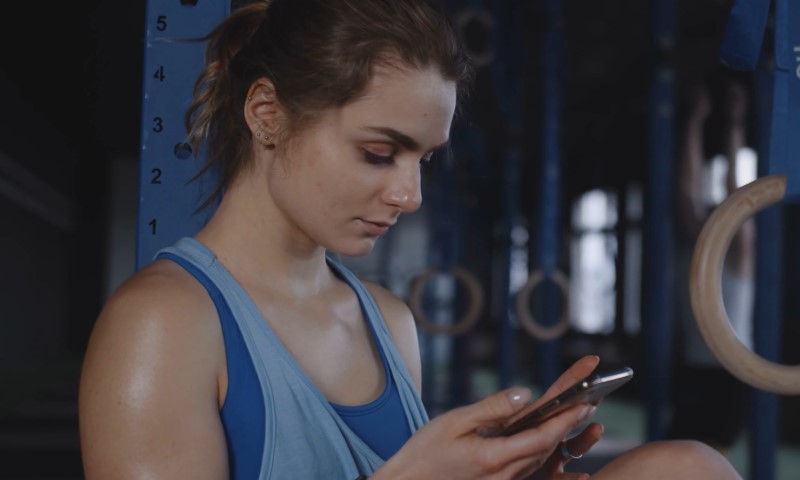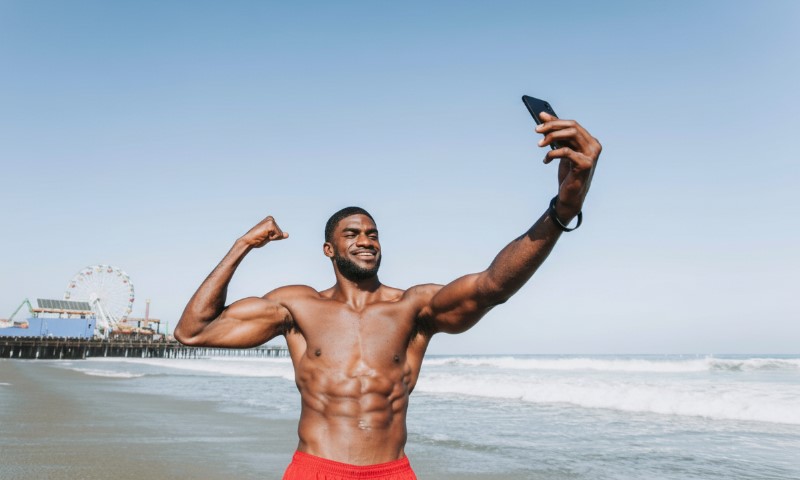Many runners rely on contact lenses for unobstructed sight and freedom from heavy frames. It’s a marvelous solution—until dryness, sweat, or pesky debris decide to stir up trouble.
I’ve encountered countless athletes who swear by the benefits of contact lenses during a good run. No one wants their vision blurred by foggy glasses or frames sliding down a sweaty nose.
Still, skipping essential precautions can lead to issues everyone hopes to avoid, from annoying discomfort to potential eye damage.
Let’s stroll through common concerns and sensible solutions. No epic quest—just practical insights from one runner to another.
The Perks of Contact Lenses for Runners
1. Unobstructed Field of Vision

Lenses sit directly on the eye, creating a wider field of vision. You get more peripheral awareness, which can be crucial for spotting hazards on a crowded path.
That’s not just good for safety; it also lends a sense of freedom that might boost confidence during a race or an everyday jog.
2. No Slipping Frames
Traditional glasses can slide around at the worst moments. Sweat builds up, friction declines, and the dreaded bounce begins.
Lenses solve that by removing the physical barrier. There’s a certain relief in not feeling frames bobbing up and down every few strides, especially when tackling tough terrain.
3. Lighter Overall Experience
Nothing weighs down the face. Nothing accumulates moisture from the steam of heavy breathing. Lugging around frames in humid conditions isn’t exactly the recipe for a comfortable outing.
Lenses, by contrast, are almost weightless—a small difference that can feel monumental during longer runs. However, for those considering alternatives to contact lenses, procedures like EVO ICL vision correction offer a permanent solution to vision issues.
Eye Dryness and Discomfort
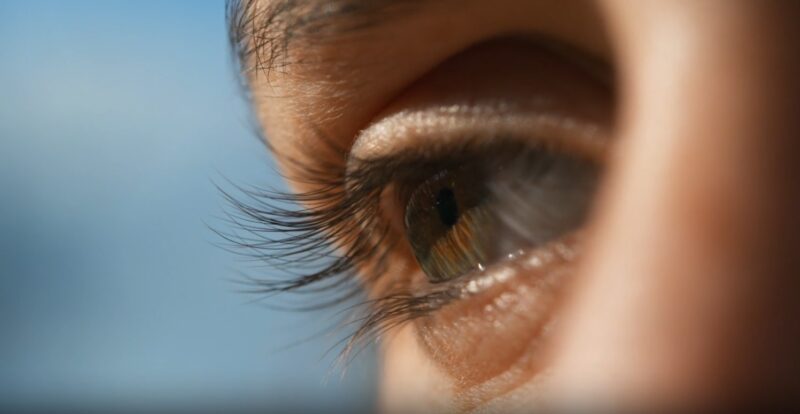
Running naturally exposes you to varying weather conditions. Wind, sun, or cold air can accelerate evaporation around the eyes.
Then there’s the sweat that might drip directly into your eye, causing extra irritation. Combined, those factors pave the way for dryness and blurred vision.
Practical Ways to Keep Eyes Hydrated
- Preservative-Free Artificial Tears: Single-use vials of artificial tears, free from preservatives, can be carried easily. Periodic use during a run helps keep lenses moist, preventing that gritty sensation some runners encounter.
- Daily Disposable Lenses: New lenses each day reduce the risk of deposit buildup, which can exacerbate dryness. Certain brands, such as Alcon’s Dailies Total1, supply high oxygen transmissibility that promotes more comfort over long distances.
- Stay Physically Hydrated: Drinking water isn’t just for quenching thirst. Adequate fluid intake supports the body’s natural tear production. Sipping water before, during, and after a run can be a game-changer for ocular comfort.
Lens Displacement or Loss
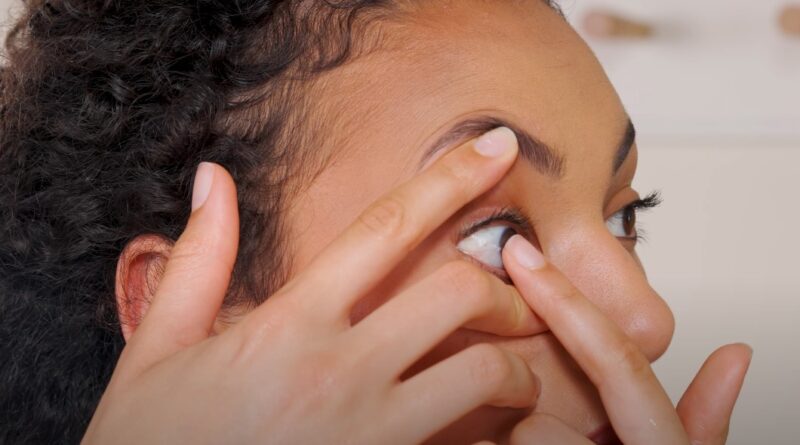
Some runners worry about lenses falling out. A particularly vigorous stride or an accidental rub can dislodge them.
Nothing spells frustration like squinting through one lens on a windy day, trying to search the ground for the missing piece of plastic.
Get a Professional Fit
An eye care expert can verify that each lens matches the curvature of the cornea. A properly fitted lens moves less on the eye surface, lowering the chance of a surprise exit.
Avoid Rubbing the Eye
It’s tempting to wipe away sweat quickly, but avoid doing that incorrectly. That swift motion can nudge the lens off-center or eject it entirely.
Good Hygiene and Infection Risks
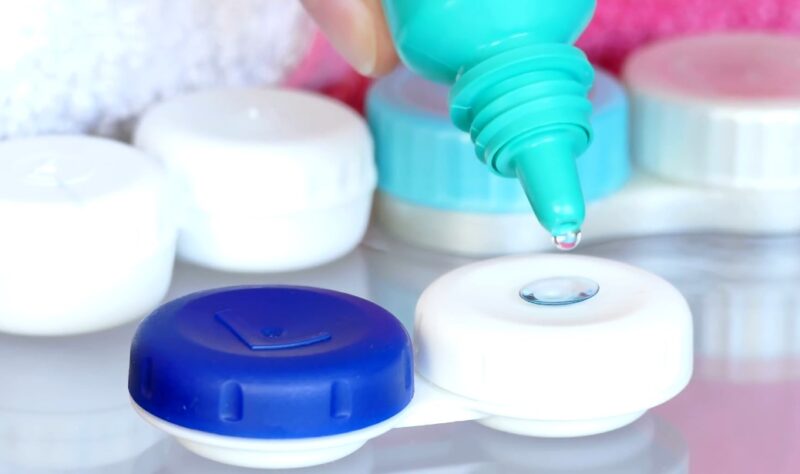
Running fosters excellent cardiovascular health, but the environment can pose risks to contact lens wearers.
Streams, puddles, and even public water fountains carry microorganisms that might enter the eye if exposed. Poor hygiene practices add another layer of trouble.
No Water Exposure
Lenses and water make a terrible team. Bacteria and parasites in natural or tap water present the risk of severe eye infections like acanthamoeba keratitis. If there’s a plan to swim or rinse off mid-run, remove lenses beforehand.
Proper Lens Care Routine
Always clean and store lenses with recommended solutions. Wash hands before handling them to avoid transferring dirt or germs. Replace lenses according to the schedule your eye care professional prescribes.
Case Maintenance
Keep the lens case as clean as possible. Residual moisture in the case can become a breeding ground for bacteria. Rinsing the case with sterile contact lens solution (not water) and leaving it to air-dry face-down is a habit worth adopting.
Sweating and Debris on the Run

Even if dryness isn’t an issue, sweat itself can stream into the eyes, especially when running on a hot day. Add in dust from unpaved trails, random insects near fields, or stray pollen floating on a summer breeze. All of that can lead to itchy, irritated eyes when wearing contact lenses.
Protective Tactics
- Sweatbands or Caps: A simple cotton headband or a well-fitted running cap can soak up sweat before it drips into the eyes. It’s a cheap, low-tech solution that works wonders for a surprising number of athletes.
- Protective Eyewear: Sporting accessories such as sunglasses or goggles with a wraparound design guards against windblown particles. That extra barrier can save you from constantly squinting or stopping to remove grit.
Picking the Right Lens Material
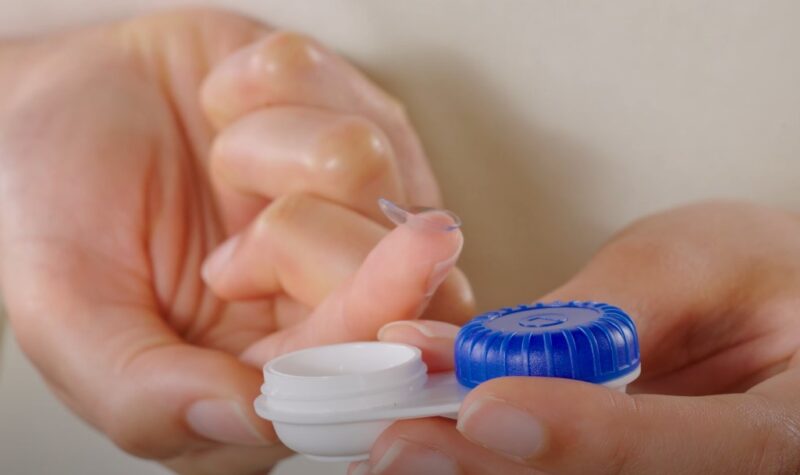
Not all contact lenses are created equal. Material matters because some types allow higher oxygen permeability, while others might be less breathable and more prone to dryness over time. A subpar choice could sabotage an otherwise fantastic run.
Silicone Hydrogel
This category features excellent breathability, enabling more oxygen to reach the cornea. Greater oxygen flow typically translates to less dryness and improved comfort over longer distances.
Professional Consultation
An optometrist or ophthalmologist can recommend a specific brand or design that suits personal needs.
Routine Eye Examinations
Regular eye examinations are essential to monitor your eye health and ensure your current vision correction method remains suitable.
Eyes change over time. The lens prescription that worked a year ago might no longer be ideal. Subtle shifts in vision or corneal shape affect both clarity and comfort.
Annual Exams
Schedule a yearly visit to an optometrist or ophthalmologist. Early detection of minor changes can mean the difference between ongoing success with lenses and a downward spiral of irritation.
Lifestyle Disclosure
Let the doctor know about a regular running routine. Specialized advice can address the unique demands of high-intensity workouts, temperature fluctuations, and the dryness associated with endurance training.
Being Ready for Emergencies
It’s impossible to predict every snag on a run, but a basic preparedness plan can spare a lot of grief. A contact lens emergency kit might sound fussy until the moment you really need it.
What to Include in a Lens Care Kit
- Backup Lenses and Case: A spare set in a compact container can save the day if one lens gets lost or damaged. Cleaning solution helps rinse away any surprise contaminants.
- Saline or Artificial Tears: A small, portable bottle of saline or lubricating drops is invaluable in dusty conditions or when dryness becomes overwhelming.
- Clean Cloth and Mirror: A tiny mirror (some phone cases have one built-in) helps in re-inserting or adjusting a misplaced lens. A clean cloth can wipe away sweat without dislodging anything.
- When to Remove Lenses: If persistent discomfort, intense redness, or chronic blurred vision occurs, it’s best to remove the lenses and consult a professional. Pressing on through pain risks more severe complications.
Summary
Contact lenses give runners freedom and crystal-clear vision, but they require a bit more attention. Simple measures like carrying artificial tears, investing in daily disposables, and consulting a professional about lens material can prevent complications.
Pair that with sensible hygiene, awareness of outdoor conditions, and regular eye exams, and there’s no reason to abandon your comfortable, frame-free lifestyle. Small details often provide the biggest wins, and in the world of running with lenses, every detail counts. Embrace thoughtful routines and enjoy many worry-free miles ahead.
Related Posts:
- Can You Get an Eye Infection From Exercising With…
- Lower Back Pain While Running? Here's What You Need to Know
- How Can You Start a Career as a Running Coach?
- 10 Best Running Documentaries - Inspiring Films for Runners
- How Long Does It Take to Train for a Half Marathon?
- 7 Breathing Techniques Runners Use to Calm Anxiety…
